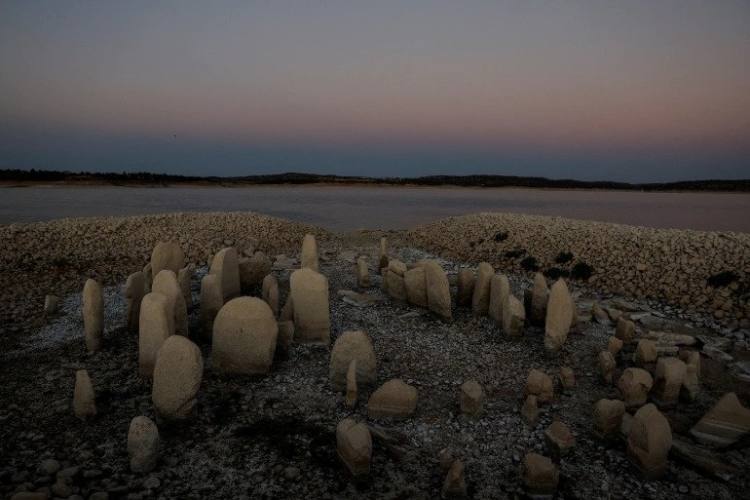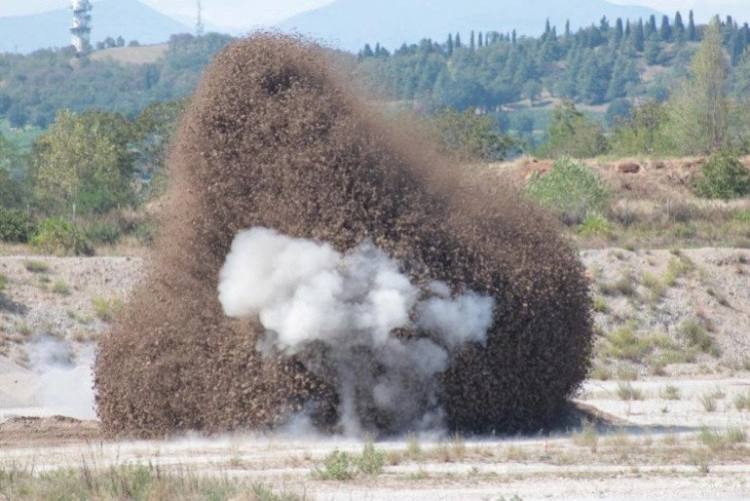Water levels in rivers and lakes around Europe have dropped to levels few have seen before due to weeks of sweltering heat and drought, unveiling long-hidden treasures as well as some dangerous concerns.
The discovery of the “Spanish Stonehenge” in Spain, a prehistoric stone circle that was once submerged beneath a dam due to the worst drought in decades, has pleased archaeologists.
The stone circle, officially known as the Dolmen of Guadalperal, is today completely exposed in a corner of the Valdecanas reservoir in the central province of Caceres, where officials claim the water level has fallen to 28 percent of its maximum level.

Hugo Obermaier, a German archaeologist, found the stone circle in 1926. However, in 1963, as part of a rural development project under Francisco Franco’s dictatorship, the region was inundated. It has only fully appeared four times since then.
The drought has caused another of Europe’s great rivers, the Danube, to drop to one of its lowest levels in nearly a century, exposing the wrecks of more than 20 German warships that were sunk during World War II close to Serbia’s river port city of Prahovo.
The ships were among hundreds that Nazi Germany’s Black Sea navy scuttled along the Danube in 1944 as they fled from oncoming Soviet forces. River movement is still hampered by the sunk ships during times of low water.

A 450 kilogram (1,000 pound) World War II bomb that had been submerged in the River Po’s low-flowing waters was discovered in late July, prompting Italy to declare an emergency in the area.
A controlled detonation of the US-made weapon was carried out earlier this month as military professionals defused and evacuated about 3,000 residents of the northern village of Borgo Virgilio, close to the city of Mantua.


The return of so-called “hunger stones” along the Rhine river has also brought up memories of previous droughts in Germany. Along the banks of Germany’s greatest river, many of these stones have recently come into view.
Some people view their reappearance as a warning and a reminder of the struggles people endured during previous droughts because they bear dates and people’s initials.
Dates visible on stones seen in Worms, south of Frankfurt, and Rheindorf, near Leverkusen, included 1947, 1959, 2003 and 2018.
By Aljazeera
Rephrased by InfoArmed
